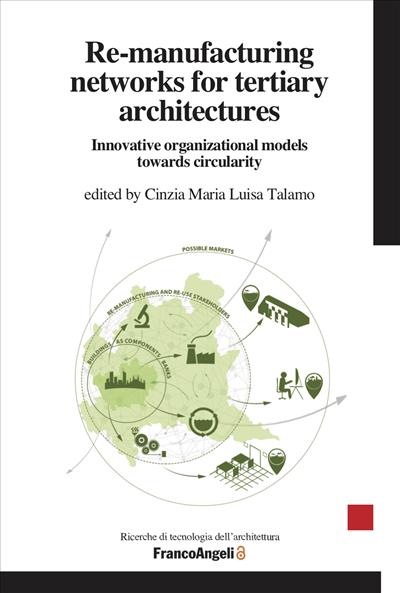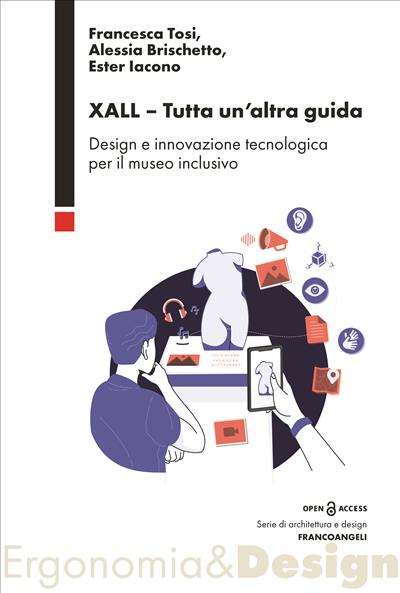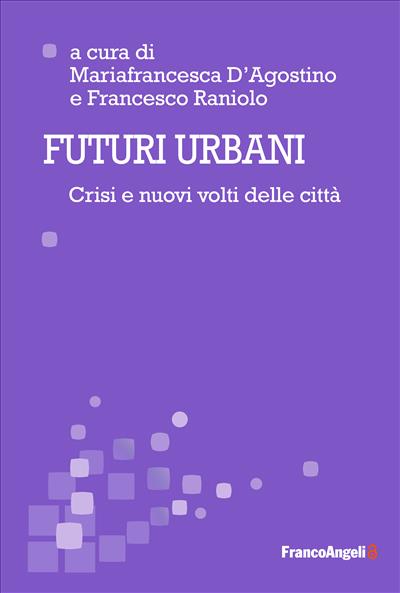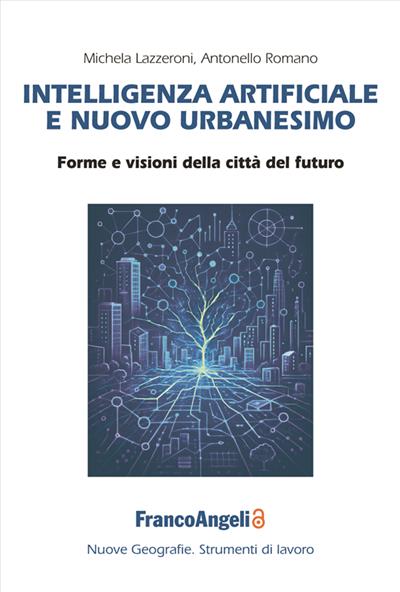
A cura di: Cinzia Maria Luisa Talamo
Re-manufacturing networks for tertiary architectures
Innovative organizational models towards circularity
This book deals with re-manufacturing, recondition, reuse and repurpose considered as winning strategies for boosting regenerative circular economy in the building sector. The book investigates the most promising strategies and organizational models to maintain over time the value of the environmental and economic resources integrated into manufactured products, once they have been removed from buildings, by extending their useful life and their usability with the lower possible consumption of other materials and energy and with the maximum containment of emissions into the environment.
Pagine: 266
ISBN: 9788835142232
Edizione:1a edizione 2022
Codice editore: 11330.2
Informazioni sugli open access




